Business
Bank share prices tumble after calls for tax on profits
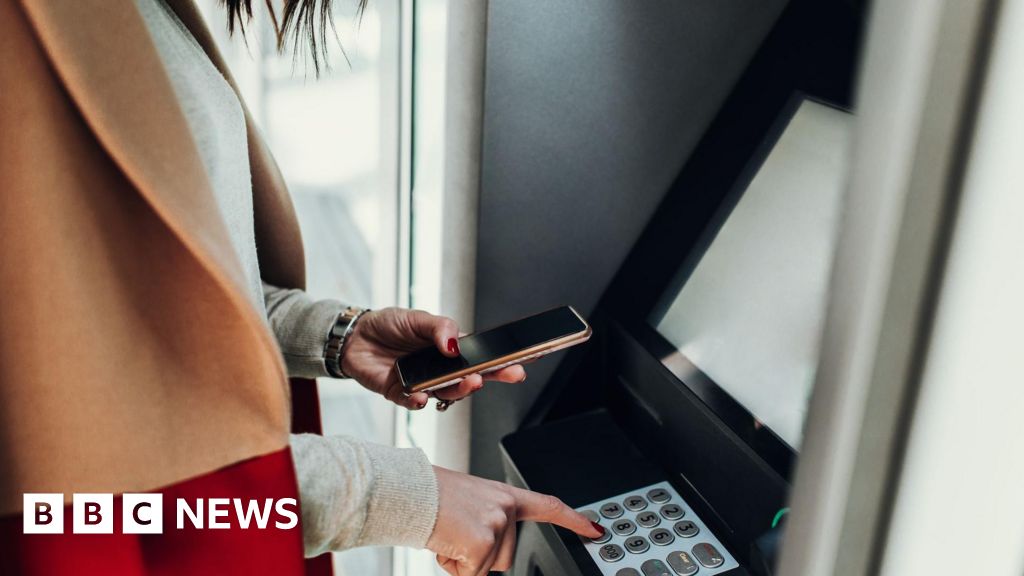
The share prices of leading UK banks have tumbled following calls for the government to introduce a new tax on banking profits.
Traders and investors have reacted to the Institute for Public Policy Research (IPPR) saying a windfall tax could raise up to £8bn a year for the government.
The think tank said the policy would compensate taxpayers for losses on the Bank of England’s cash printing drive.
While the Treasury has not commented on any policy, concerns led to NatWest, Lloyds and Barclays being the biggest fallers on the main index of the London Stock Exchange early on Friday.
NatWest and Lloyds share prices were down by more than 4%, and Barclays had dropped by more than 3% in early trading.
Charlie Nunn, the chief executive of Lloyds bank, has previously spoken out against any potential tax rises for banks in the Budget.
He said efforts to boost the UK economy and foster a strong financial services sector “wouldn’t be consistent with tax rises”.
The Treasury has been contacted for comment.
The IPPR, a left-leaning think tank, said a levy on the profits of banks was needed as the Bank of England’s quantitative easing (QE) drive was costing taxpayers £22bn a year.
The Bank of England buys bonds – essentially long term IOUs – from the UK government and corporations to increase bond prices and reduce longer term interest rates.
The Bank is selling off some of these bonds, and the IPPR said it is now making huge losses from both selling the government bonds below their purchase value and through interest rate losses.
The IPPR described those interest rate losses as “a government subsidy to commercial banks”, and highlighted commercial bank profits compared to before the pandemic were up by $22bn.
The tax suggestion comes as Chancellor Rachel Reeves faces the difficult task of maintaining her fiscal rules while finding room for spending promises in the upcoming autumn Budget.
Carsten Jung, associate director for economic policy at IPPR and former Bank of England economist, said the Bank and Treasury had “bungled the implementation of quantitative easing”.
“Public money is flowing straight into commercial banks’ coffers because of a flawed policy design,” he said.
“While families struggle with rising costs, the government is effectively writing multi-billion-pound cheques to bank shareholders.”
Speaking on BBC’s Today programme, Mr Jung said the £22bn taxpayer loss was roughly equivalent to “the entire budget of the Home Office every year”.
“So we’re suggesting to fix this leak of taxpayer money, and the first step would be a targeted levy on commercial banks that claws back some of these losses,” he said.
A tax targeting the windfall profits linked to QE would still leave the banks with “substantially higher profits”, the IPPR report said, while saving the government up to £8bn a year over the term of parliament.
But financial services body UK Finance said that a further tax on banks would make Britain less internationally competitive.
“Banks based here already pay both a corporation tax surcharge and a bank levy,” the trade association said.
The association said a new tax on banking would also “run counter to the government’s aim of supporting the financial services sector”.
Russ Mould, AJ Bell investment director, said the UK stock market had soured following the suggestion, with investors wondering “if the era of bumper profits, dividends and buybacks is now under threat”.
“The timing of the tax debate, fuelled by a report from think-tank IPPR, is unfortunate given it coincides with a new poll from Lloyds suggesting a rise in business confidence, despite cost pressures,” he said.
The Chancellor has worked hard since Labour won power to woo the City. In her Mansion House speech in November last year, Reeves said that banking regulation after the 2008 financial crisis had “gone too far”.
But she faces difficult fiscal decisions in the run-up to her budget, after the government watered down its planned welfare savings and largely reversed winter fuel allowance cuts – decisions which narrowed her budget headroom.
Business
HDFC Bank Changes Lounge Access Norms For Debit Cards From January 10– Details Here
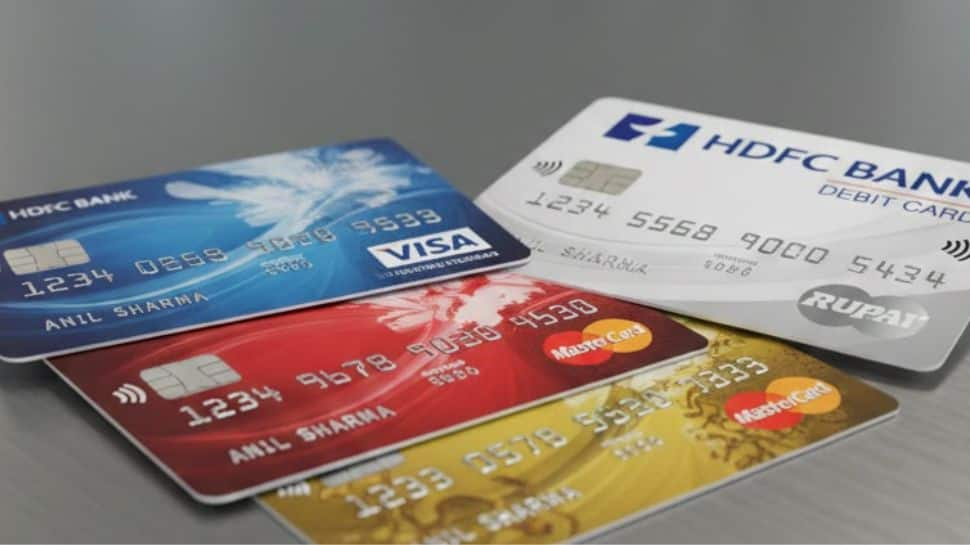
New Delhi: If you often use your HDFC Bank debit card for free airport lounge access, this update is important for you. The bank has changed how complimentary lounge entry works on its debit cards. Instead of simply swiping your card at the lounge, customers will now need a digital voucher to get access. Also, the minimum spending requirement has been increased, reported Moneycontrol. These new rules will come into effect from January 10, and will apply to eligible debit cardholders going forward.
How the New Lounge Voucher System Works
Once your eligibility is confirmed, HDFC Bank will send you an SMS or email with a link to claim your lounge access voucher. You’ll need to verify your request by entering an OTP sent to your registered mobile number. You will receive a voucher code or QR code after successful verification which must be shown at the airport lounge to get entry.
Minimum Spend Requirement Increased
Under the revised rules, HDFC Bank debit card users will now need to spend at least Rs 10,000 in a calendar quarter to be eligible for complimentary airport lounge access. Earlier, the minimum spend required was Rs 5,000.
However, this condition will not apply to HDFC Infiniti Debit Card holders. Customers using the Infiniti card will continue to enjoy free lounge access without any minimum spending requirement.
Eligible Transactions and Free Lounge Visits by Card Type
Only purchase transactions made using the debit card will be considered while calculating the quarterly spending requirement. Other types of transactions will not be counted, as noted by Moneycontrol.
Meanwhile, the number of complimentary lounge visits remains unchanged and continues to depend on the debit card variant:
Millennia Debit Card: 1 free visit per quarter
Platinum Debit Card: 2 free visits per quarter
Times Points Debit Card: 1 free visit per quarter
Business Debit Card: 2 free visits per quarter
GIGA Debit Card: 1 free visit per quarter
Infiniti Debit Card: 4 free visits per quarter
This means cardholders should check both their spending eligibility and card type to know how many lounge visits they can enjoy.
Which Transactions Count and Voucher Validity Explained
Only purchase transactions made using the debit card will be counted towards the quarterly spending requirement. As per Moneycontrol, the following transactions will not be included:
ATM cash withdrawals
UPI or wallet payments (GPay, PhonePe, Paytm, etc.)
Credit card bill payments made via debit card
Debit card EMI transactions
New debit cardholders will also need to meet the Rs 10,000 spending requirement to become eligible for complimentary lounge access.
Voucher Validity:
Once issued, the lounge access voucher will remain valid till the end of the next calendar quarter, after which it will expire if not used.
What This Means for Debit Card Users
With the updated lounge access rules, HDFC Bank is clearly encouraging higher card usage and digital verification. Customers who regularly use complimentary lounge benefits will now need to keep a close watch on their quarterly spending and complete the voucher process in advance. As per Moneycontrol, physical debit card swipes will no longer work from January 10, making it important for travellers to switch to the new digital voucher system.
Business
NPS Changes In 2025: Know New Rules On Exit, Withdrawal, Lock-In And Entry
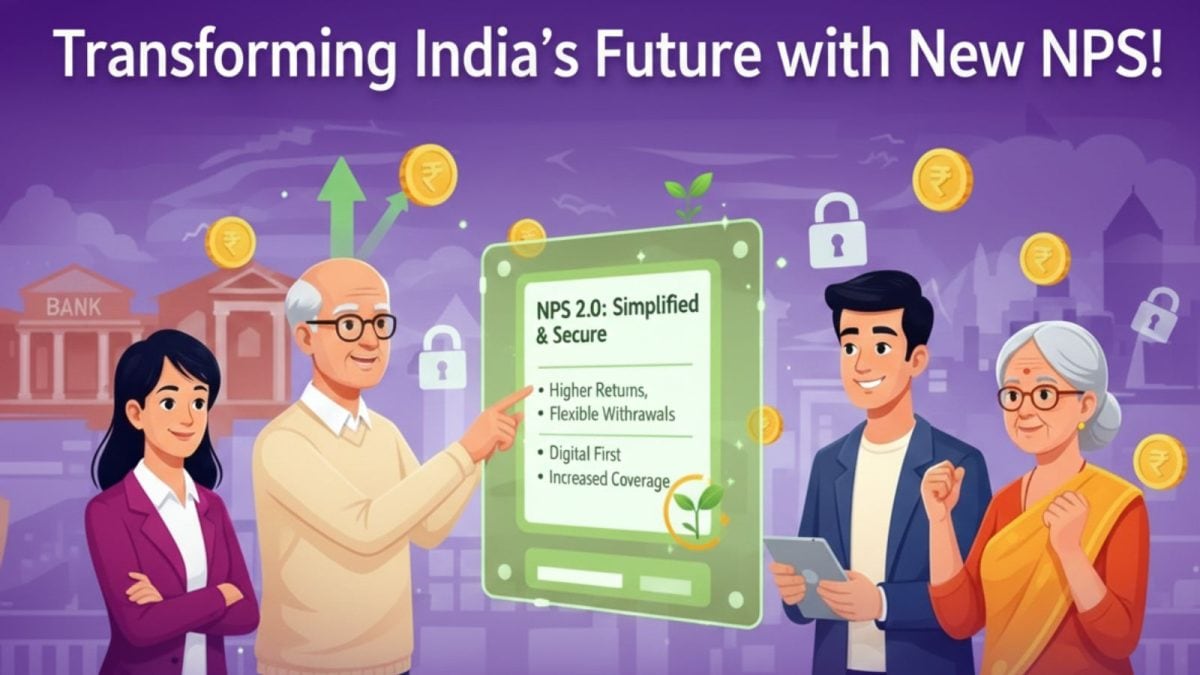
Pension Fund Regulatory and Development Authority has amended NPS exit and withdrawal rules to give subscribers greater flexibility, choice and control over their retirement savings.
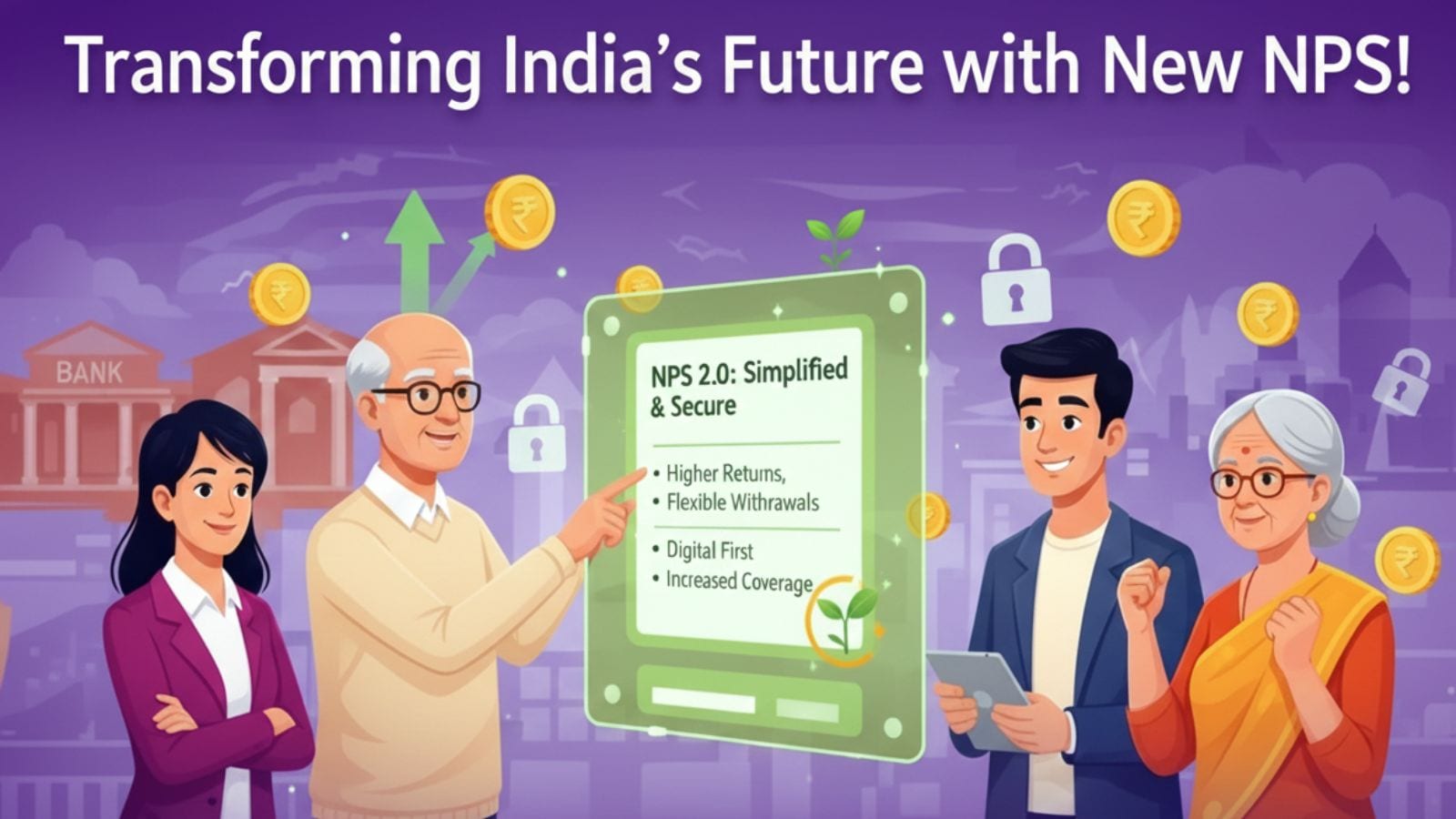
The revised rules primarily target the non-government sector, where NPS participation is voluntary, covering both All Citizen and Corporate subscribers.
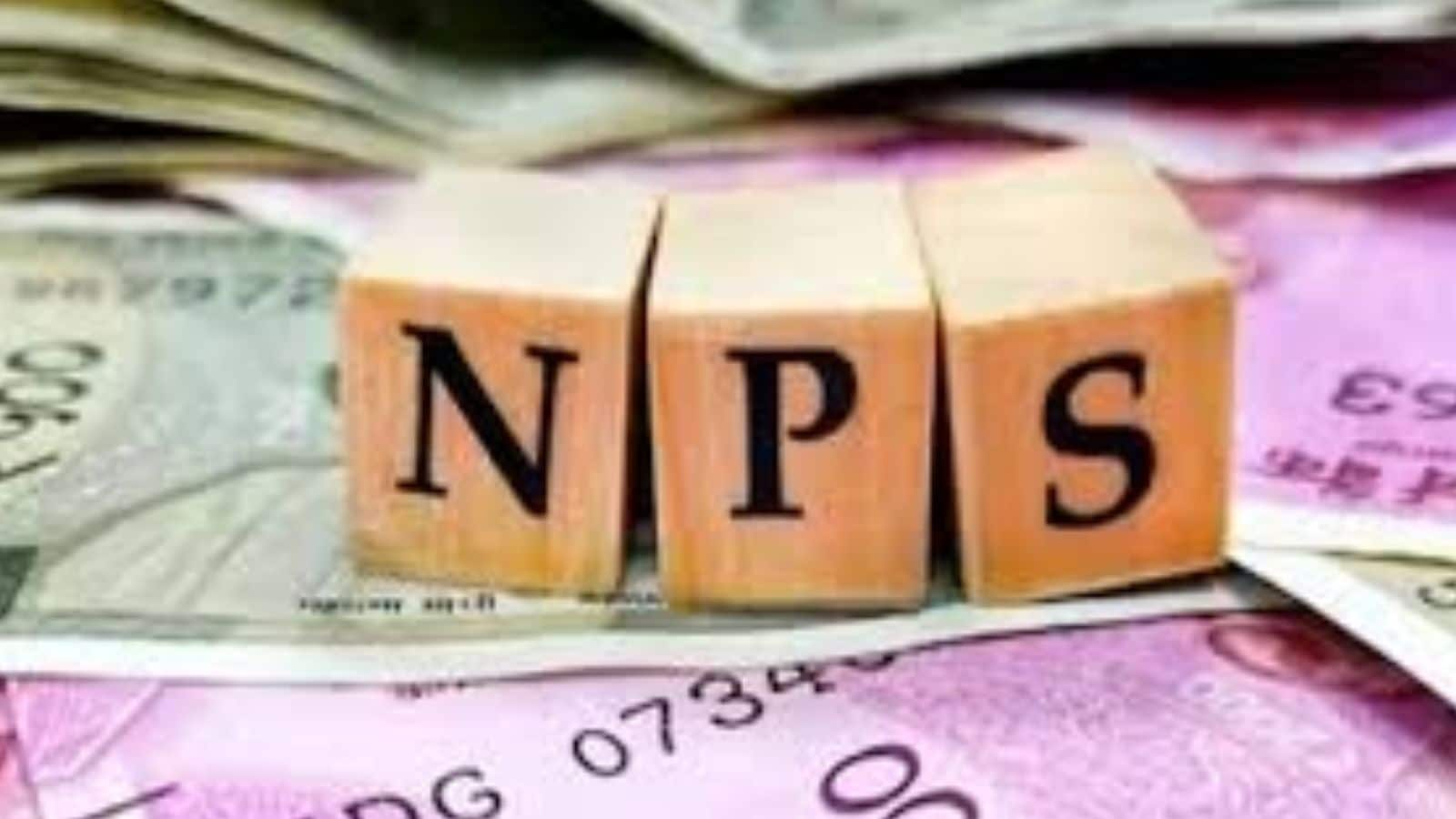
Non-government subscribers with an NPS corpus of more than Rs 12 lakh can now withdraw up to 80% of their savings as a lump sum, with only 20% mandatorily allocated to an annuity.

For All Citizen subscribers, the minimum lock-in period for premature exit has been removed, easing access to accumulated pension wealth.

At normal exit, non-government NPS subscribers can now withdraw up to 80% of their corpus as lump sum, with the mandatory annuity portion reduced to 20%.

The threshold for 100% lump-sum withdrawal has been raised significantly, with greater flexibility through systematic lump-sum or unit withdrawals for mid-sized corpuses.
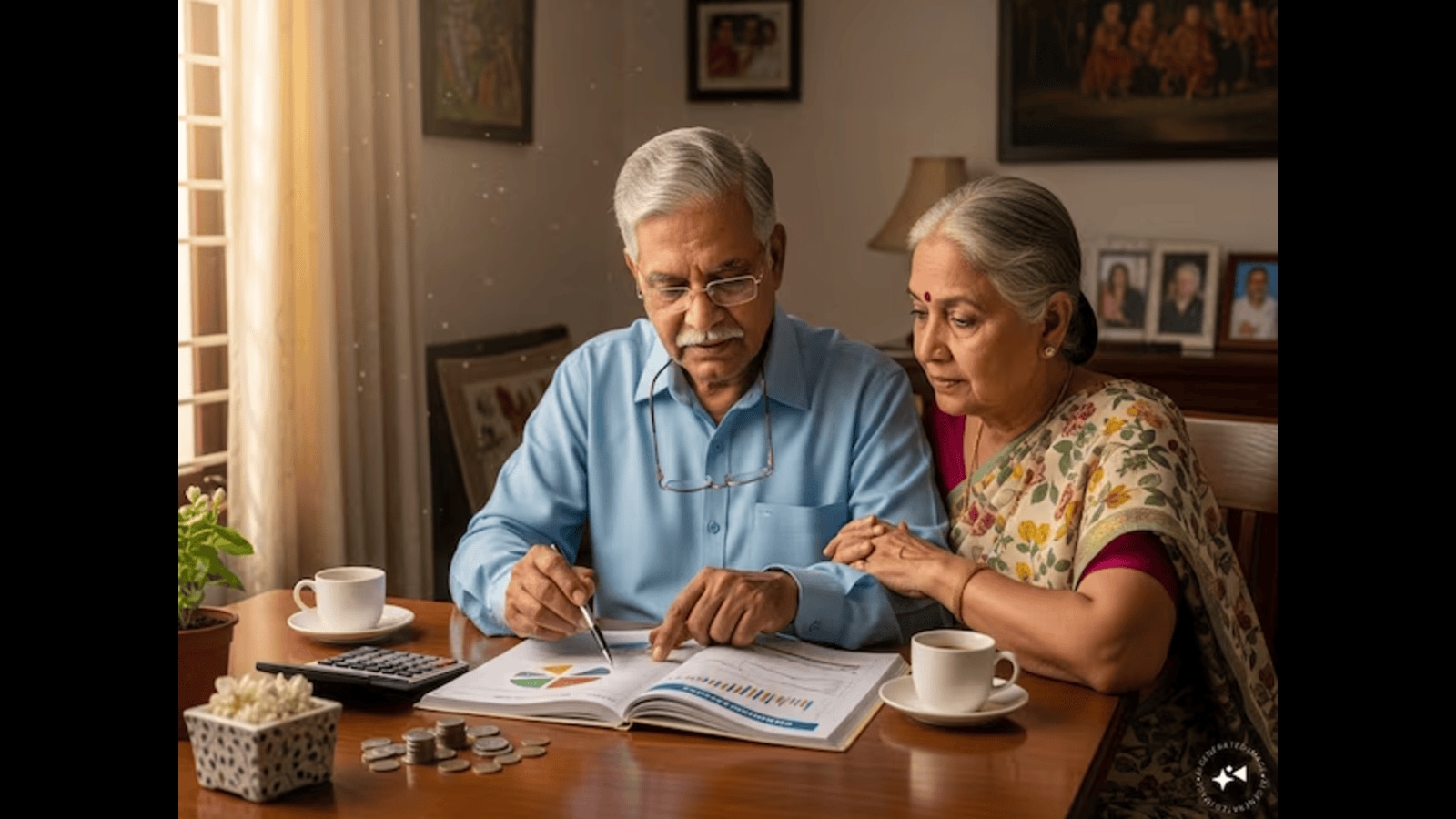
Individuals joining NPS after age 60 will no longer face a vesting period and will also be eligible for up to 80% lump-sum withdrawal at exit.

Up to 25% of own contribution can be withdrawn for housing, medical needs, or loan repayment, with clearer timelines.
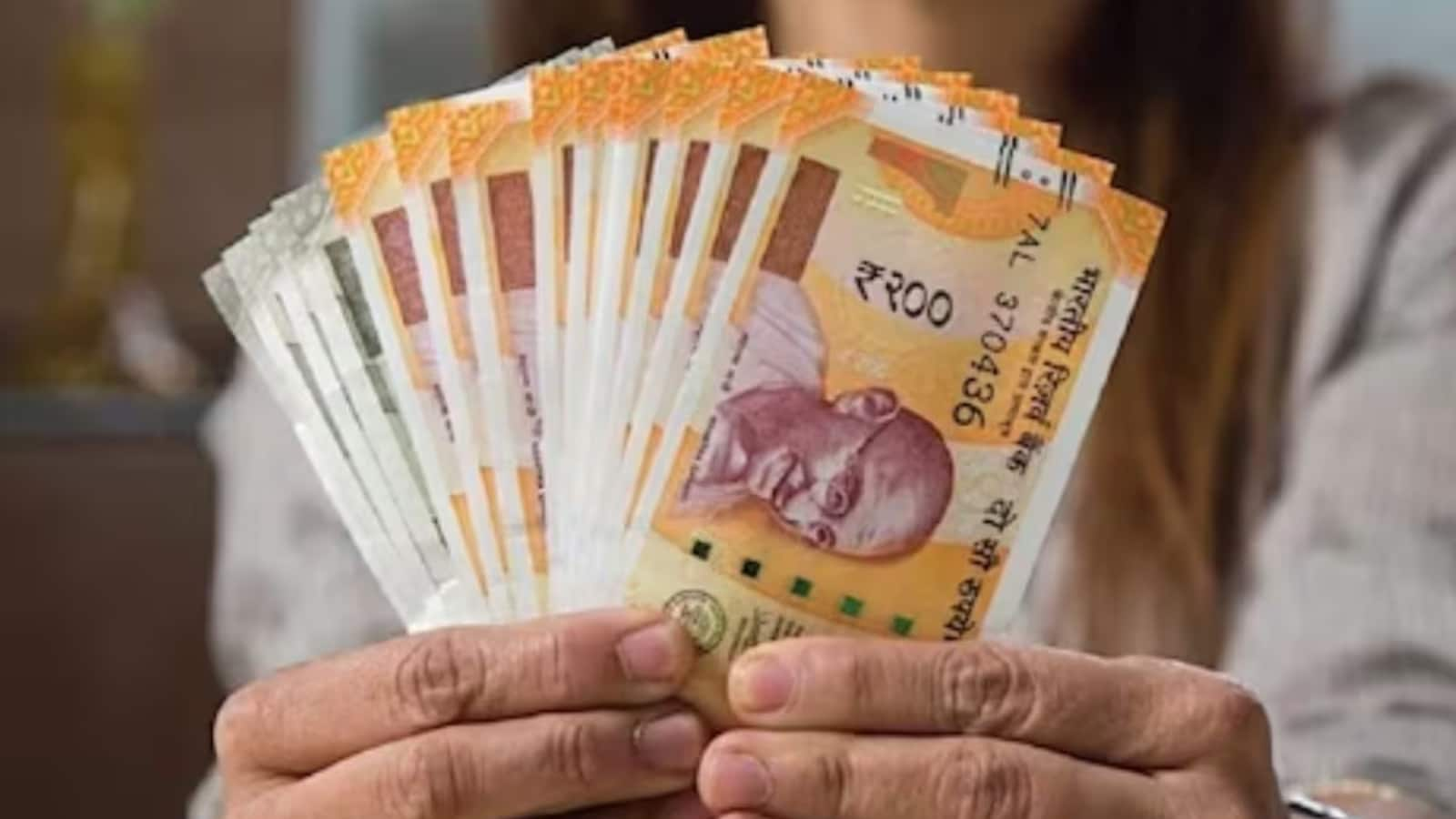
While core annuity requirements for government subscribers remain unchanged, higher corpus thresholds and systematic withdrawal options have been introduced.

The maximum entry and exit age under NPS has been increased to 85 years, allowing subscribers to stay invested longer.

Subscribers can now seek financial assistance from regulated institutions, with lenders allowed to mark lien on up to 25% of the subscriber’s own NPS contribution.

By simplifying exits, expanding withdrawal choices and improving liquidity, the amendments aim to make NPS more inclusive while safeguarding long-term retirement income.
Business
South Korea Aims To Cut Carbon Emissions At International Airports By 10 Per Cent By 2030
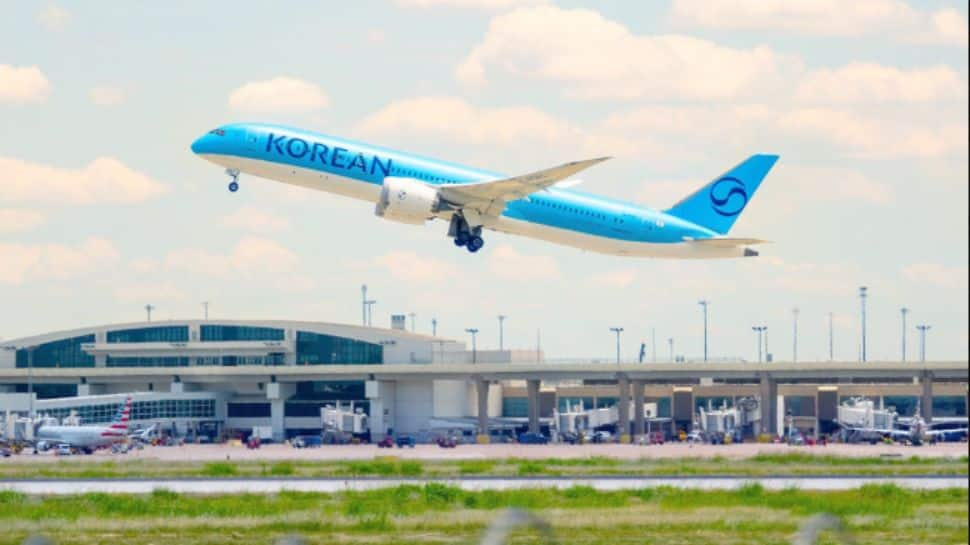
Seoul: South Korea aims to cut carbon emissions at its international airports by 10 percent by 2030 while expanding the use of sustainable aviation fuel (SAF), a government report showed on Sunday.
Under the blueprint for the 2026-2030 period, set by the transport, environment and industry ministries, carbon emissions at South Korea’s international airports are projected to reach 29.8 million tons in 2030, up 28 percent from 23.3 million tons recorded this year.
The government aims to reduce the projected amount by 10 percent, or 2.87 million tons, reports Yonhap news agency. The report said the reduction can be achieved by using SAF, shorter standby time during takeoff and landing, and improved efficiency in airport operations.
In line with the efforts, international aircraft taking off from South Korea will be required to use SAF for at least 1 percent of their fuel, and the share will be raised to between 3 percent and 5 percent after 2030.
South Korea will come up with measures to ease the financial burden on air carriers, considering that SAF prices are around three times higher than those of conventional jet fuel, including partially assisting with related costs.
Meanwhile, Korean Air build a next-generation aircraft maintenance hangar at Incheon International Airport, South Korea’s main gateway, under a 176 billion-won (US$119.2 million) joint investment deal with the airport operator, the airline said.
The new hangar will be located inside the airport’s High Tech Aviation Complex and will support airframe inspections, component checks, heavy maintenance and aircraft modification. The 69,299-square-meter site will accommodate two wide-body aircraft and one narrow-body aircraft at once. Construction is set to begin in 2027, with operations planned from late 2029.
Korean Air said the facility will strengthen its maintenance, repair and overhaul (MRO) capabilities ahead of the launch of the integrated carrier following the acquisition of rival carrier Asiana Airlines Inc.
-

 Business1 week ago
Business1 week agoHitting The ‘High Notes’ In Ties: Nepal Set To Lift Ban On Indian Bills Above ₹100
-

 Business7 days ago
Business7 days agoKSE-100 index gains 876 points amid cut in policy rate | The Express Tribune
-

 Business6 days ago
Business6 days agoStudying Abroad Is Costly, But Not Impossible: Experts On Smarter Financial Planning
-

 Sports6 days ago
Sports6 days agoJets defensive lineman rips NFL officials after ejection vs Jaguars
-

 Tech1 week ago
Tech1 week agoFor the First Time, AI Analyzes Language as Well as a Human Expert
-

 Entertainment6 days ago
Entertainment6 days agoPrince Harry, Meghan Markle’s 2025 Christmas card: A shift in strategy
-
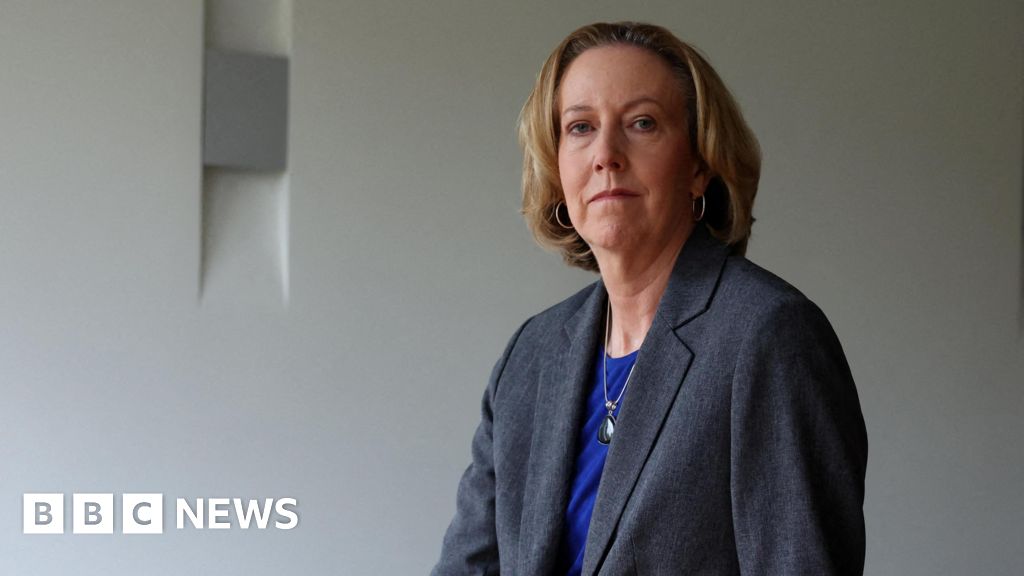
 Business4 days ago
Business4 days agoBP names new boss as current CEO leaves after less than two years
-

 Business6 days ago
Business6 days agoFord to record $19.5 billion in special charges related to EV pullback






